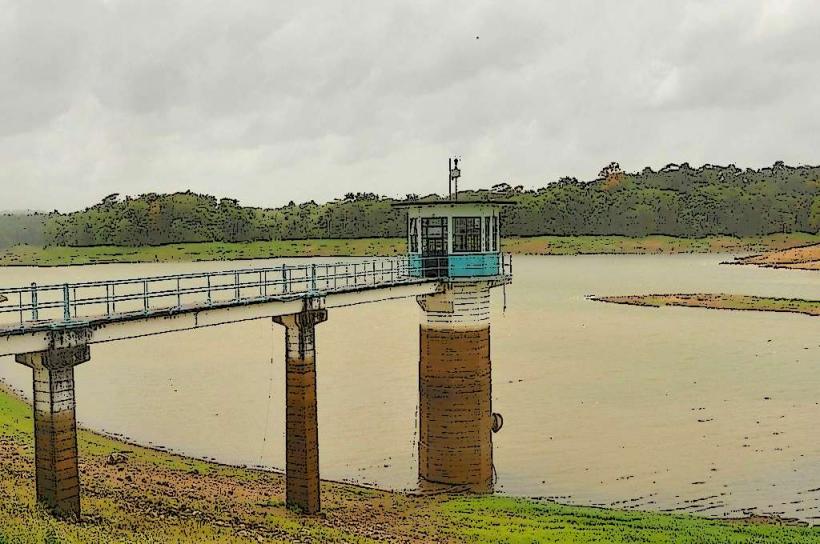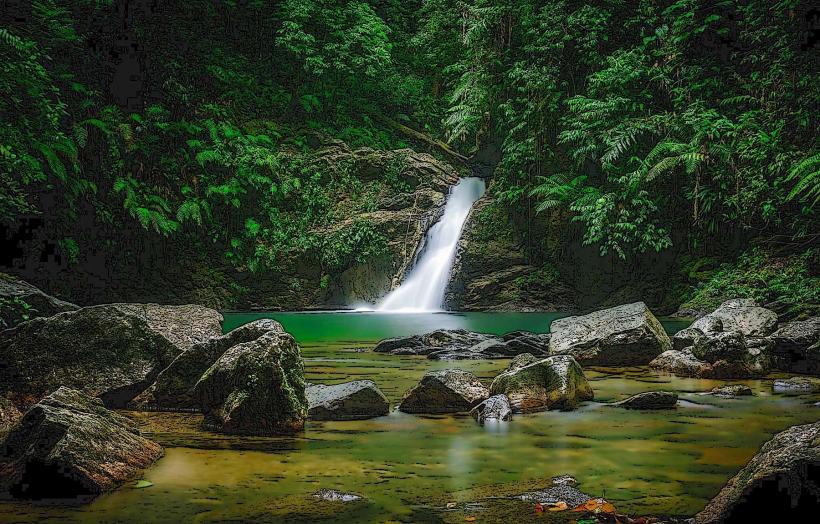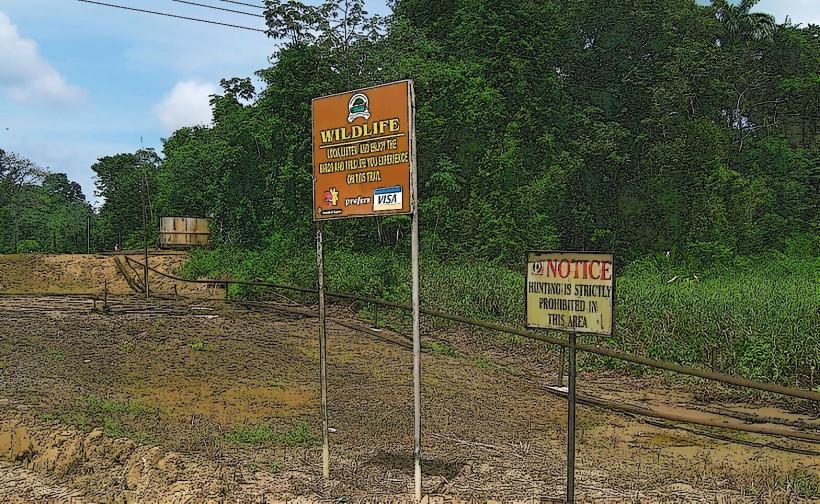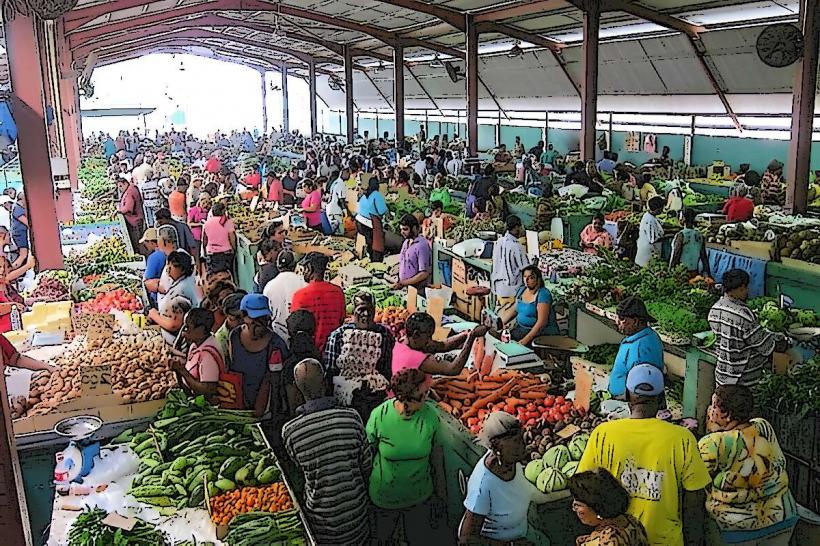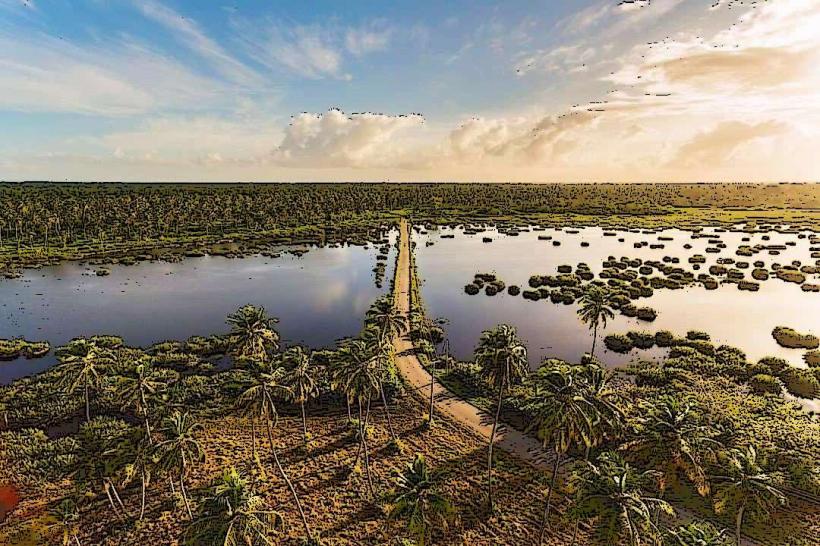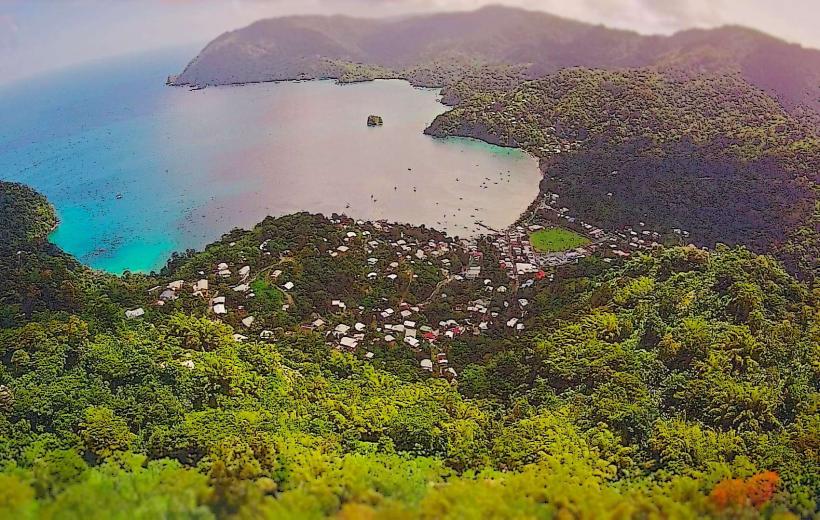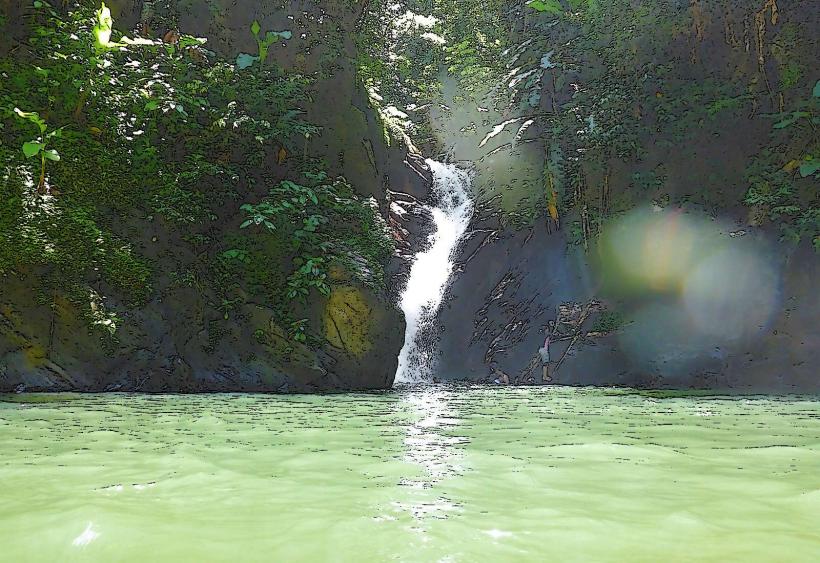Information
City: Rio ClaroCountry: Trinidad and Tobago
Continent: North America
Rio Claro is a town located in the southern part of Trinidad, in Trinidad and Tobago. It is situated inland, approximately 50 kilometers (31 miles) from the capital, Port of Spain, and serves as a key gateway to the southern regions of the island. Rio Claro is known for its rich agricultural heritage, tranquil rural atmosphere, and proximity to the lush forests and natural attractions of southern Trinidad.
Here are some detailed aspects of Rio Claro:
1. Geography and Location
- Rio Claro is positioned in the southern part of Trinidad, near the southeastern coast. It lies close to the junction of several important roads, making it a strategic location for travelers heading further south or to the eastern parts of the island.
- The town is surrounded by agricultural lands, particularly used for growing crops like sugarcane, cocoa, and rice. The area has fertile soil and a tropical climate, conducive to farming.
- The town itself is situated near the Rio Claro River, which adds to the natural charm of the area, and the name “Rio Claro” translates to “Clear River” in Spanish.
2. Population and Economy
- Rio Claro is a small, predominantly rural town with a mix of ethnic communities, including people of African, Indian, and European descent. The population is mainly involved in agriculture and small-scale commerce.
- The economy of Rio Claro is largely based on agriculture, with sugarcane, cocoa, rice, and vegetables being the major crops grown in the area.
- The town also has a small but growing tourism sector, with travelers attracted by its proximity to nature reserves, wildlife, and the peaceful rural lifestyle.
3. Culture and History
- Rio Claro has a rich cultural history, shaped by the fusion of African, Indian, and European influences, especially from the time of the British colonial era and the post-slavery migration of indentured laborers from India.
- Local festivals, including Trinidad’s famous Carnival, are celebrated in Rio Claro, with traditional music (like calypso and soca) and dances such as the traditional Parang and Chutney music, which highlight the blend of African and Indian cultural heritage.
- The town has a strong agricultural heritage, with some areas still maintaining old sugarcane plantations and cocoa farms.
4. Attractions and Tourism
- Nature and Wildlife: Rio Claro is known for its proximity to natural reserves such as the Tunapuna Valley and Nariva Swamp, which are rich in biodiversity. Birdwatching, hiking, and eco-tourism are popular activities for visitors to the area.
- Rio Claro River: The clear waters of the river make it a great location for relaxing and enjoying nature. It also provides opportunities for activities like fishing and swimming.
- Nature Trails: The surrounding area is home to hiking trails, where visitors can experience the natural beauty of southern Trinidad’s forests, wetlands, and wildlife.
- Local Agriculture Tours: Some farms in the area offer tours where visitors can learn about the agricultural practices of the region, especially cocoa farming and the production of chocolate.
5. Access and Transportation
- Rio Claro is accessible by road from Port of Spain via the Solomon Hochoy Highway, which connects to the South Trinidad area. The journey takes about 1.5 to 2 hours, depending on traffic.
- Public transportation is available, but for more convenience, private transportation is often used by visitors, especially if exploring areas further from the town center.
- The town is also a convenient stop for travelers heading to nearby southern or eastern locations.
6. Accommodations and Dining
- Rio Claro offers limited but comfortable accommodations, mostly in the form of small guesthouses and eco-lodges that cater to nature enthusiasts and travelers seeking a rural retreat.
- Dining options in Rio Claro typically feature traditional Trinidadian cuisine, such as roti, pelau, doubles, and fresh seafood dishes. There are also local markets where visitors can buy fresh produce.
- The surrounding countryside is dotted with small eateries serving local delicacies, giving visitors a taste of the authentic rural food culture of Trinidad.
7. Environmental Conservation
- The town and its surrounding areas are part of the larger conservation efforts aimed at preserving the natural environment, particularly the wetlands and forests.
- The Nariva Swamp, located nearby, is an important ecological site, home to various bird species, reptiles, and plant life. Conservation initiatives are focused on protecting these areas from deforestation and other environmental threats.
8. Community and Development
- Rio Claro is a peaceful town with a strong sense of community. Local events, markets, and social gatherings often take place, reflecting the close-knit nature of the town.
- In recent years, there has been growing interest in rural development, with efforts to improve infrastructure and promote sustainable tourism while preserving the area’s natural beauty.
Rio Claro is an ideal destination for those looking to explore the rural heart of Trinidad, offering a mix of natural beauty, agricultural heritage, and cultural richness. Whether you’re looking for a quiet retreat, an agricultural tour, or an adventure in nature, Rio Claro provides a peaceful and authentic experience.

